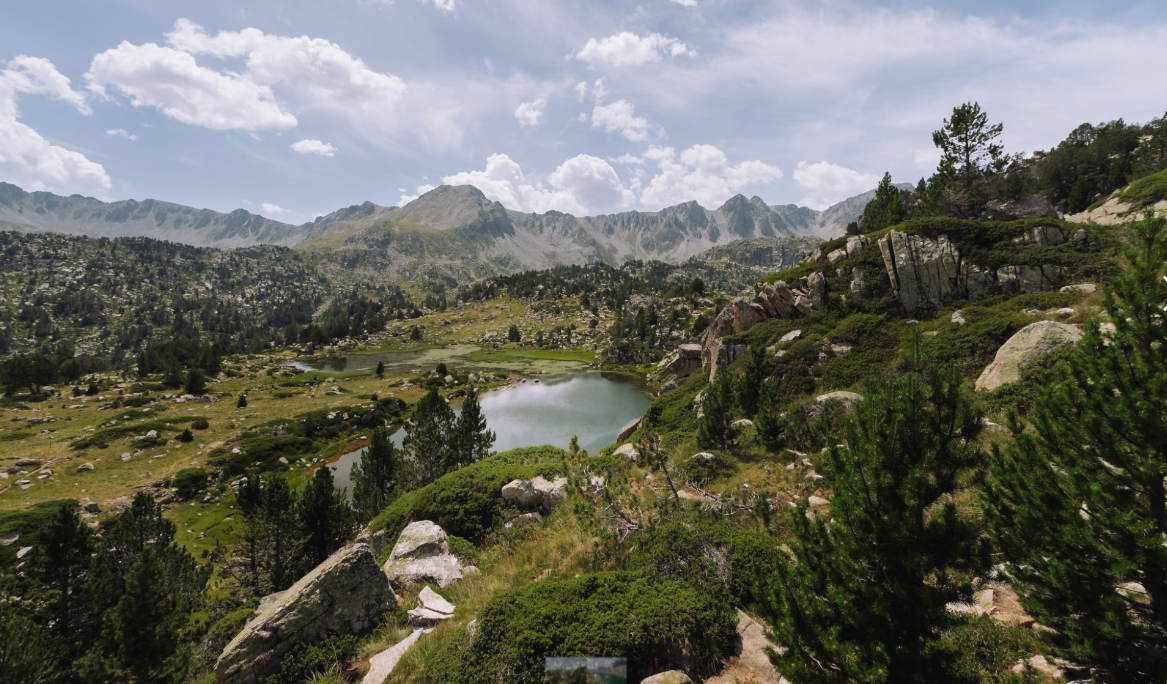A warmer climate is good news for termites; it will help them expand across the planet and increase their wood consumption activity. That, in turn, will speed up global warming even further, owing to increases in the rate of deadwood decay and in methane and carbon dioxide emissions. Those are the findings of an international study involving CREAF, the Forest Science and Technology Centre of Catalonia (CTFC), the University of Lleida (UdL), the Spanish National Research Council (CSIC), the Agrotecnio research centre and the University of Alcalá. Recently published in the renowned journal Science, the study was conducted by more than a hundred researchers from 22 countries around the world, under the leadership of Amy Zanne from the University of Miami (USA).
Termites presently have the potential to colonize a third of Earth’s land surface. Current global warming estimates suggest that the insects’ territory worldwide could expand from 39 million square kilometres (km2) today to 45 million km2. “Based on moderate climate warming predictions, we are likely to see termite expansion in the subtropical regions — a phenomenon called tropicalization — by the middle of the century,” says UdL professor José Antonio Bonet, a member of the CTFC-Agrotecnio joint research unit. “Globally, that would mean the area in which there is a high level of termite activity increasing by 14%, to 45 million km2,” he explains.
Termite wood decay increases 6.8 times per 10°C rise in temperature.
The researchers found that termite wood decay increases 6.8 times per 10°C rise in temperature. That has major implications for the carbon cycle. Termites are even more sensitive to temperature changes than microbes and decomposer fungi, the other organisms that break down deadwood. “Carbon emissions caused by termite wood decay are three times greater than those caused by microbes, something that current climate models based solely on microbes fail to take into account,” remarks Víctor Resco de Dios, a UdL lecturer and coordinator of the CTFC-Agrotecnio joint research unit. CREAF-based CSIC researcher Professor Josep Peñuelas follows on from there: “Termites are so sensitive to temperature rises that they eat much more and release more carbon from wood in the form of methane and carbon dioxide. As those are two of the main greenhouse gases behind global warming, termites could have a huge impact on the planet.”
Deadwood: a carbon store
With the world’s forests containing approximately 676 billion metric tons of biomass, deadwood is a large global carbon store. The scientists who worked on the study are convinced that the sensitivity of termites and fungi to temperature and precipitation will play a key role in determining terrestrial ecosystems’ carbon balance (i.e. whether they store or lose carbon) as the planet grows warmer.
In carrying out the first global-scale analysis of the capacity of wood-feeding termites and decomposer fungi to respond to changes in climate conditions, the researchers replicated the same experiment at 133 sites on six continents. The UdL researchers conducted experiments in Tuixent and Ars (both in Alt Urgell), as well as in Poblet (Conca de Barberà). The CREAF-CSIC researchers worked in Prades, Garraf, Montseny and Meranges.
FURTHER INFORMATION:
Article Temperature sensitivity of termites determines global wood decay rates
Text: Premsa UdL / CREAF / CTFC








